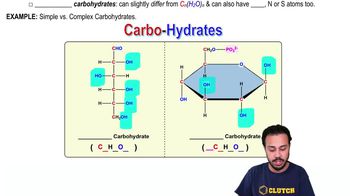Regional movements that occur in the small intestine and function to churn and fragment the digestive material are called:
(a) Segmentation
(b) Pendular movements
(c) Peristalsis
(d) Mass movements
(e) Mastication
 Verified step by step guidance
Verified step by step guidance Verified video answer for a similar problem:
Verified video answer for a similar problem:



 3:44m
3:44mMaster Functions of the Small Intestine with a bite sized video explanation from Bruce Bryan
Start learning